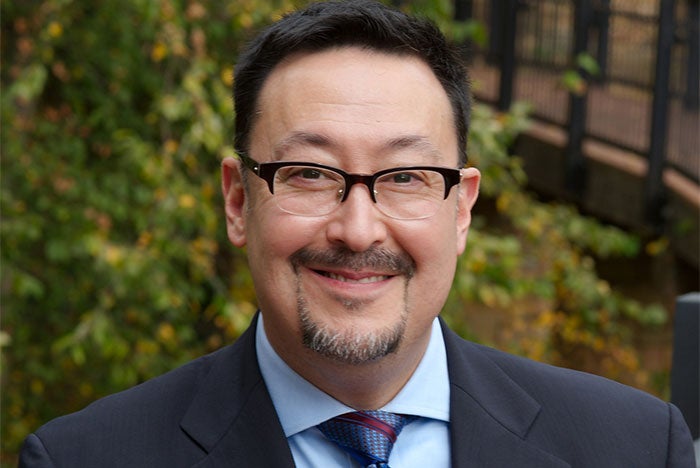AHE Coverage Day 2: Environmental services takes a seat at the table
It’s Day 2 at the Association for the Healthcare Environment (AHE) Exchange Conference, and today’s sessions are emphasizing the people factor with topics that address management and leadership skills necessary to develop exceptional environmental services teams.
Motivational speaker Brad Montgomery led today's general session, Happiness at Work, in which challenged AHE members to lead their environmental services teams with positivity. “What we say and what we do makes a tremendous impact," Montgomery says. "We can change people in a moment.”
Today’s plenary sessions include Collaborate to Eradicate — Environmental Hygiene Success with Full Team Approach, Managing an Environmental Services Department: It’s Not Just About Cleaning, and Develop Strong Leaders: Everything Depends On It, and many more.

Michael Bell, M.D., deputy director of the division of healthcare quality promotion at the Centers for Disease Control and Prevention, spoke to AHE members about mitigating risk in health care.
According to Michael Bell, M.D., deputy director of the division of healthcare quality promotion at the Centers for Disease Control and Prevention, one of the best ways to ensure successful environmental services departments is to eliminate human-factor risks in cleaning and disinfection where possible.
“If you’re streamlined and simplified, you’re more likely to be successful every time,” Bell said yesterday in his general session titled Mitigating the Risk for Healthcare-associated Infections.
One of the best ways to streamline, Bell says, is to involve environmental services teams in the design and product purchasing decisions for health care facilities. Bell adds that environmental services leaders have a unique expertise that may be missing from crucial decisions in the physical environment. For instance, environmental services leaders are better equipped to evaluate the cleanability of various surfaces, furnishings and equipment.
Bell also says that environmental services professionals can help to turn the focus from high-touch surfaces to frequently contaminated surfaces. He wrapped up the distinction between the two types of surfaces by comparing a patient table (high-touch) with a toilet (frequently contaminated). While one surface is used often, the other poses a greater infection risk and should be given greater attention, Bell explains.
Ultimately, moving the needle in these objectives requires that environmental services leaders assert their voices within their organizations.
“No one sees the whole picture. It’s so vast and so complex that no one person sees everything,” Bell says. “The most successful places I’ve visited are where everyone has a seat at the table. … That kind of networking is really key to success in modern hospitals.”
Check out coverage from Day 1.


